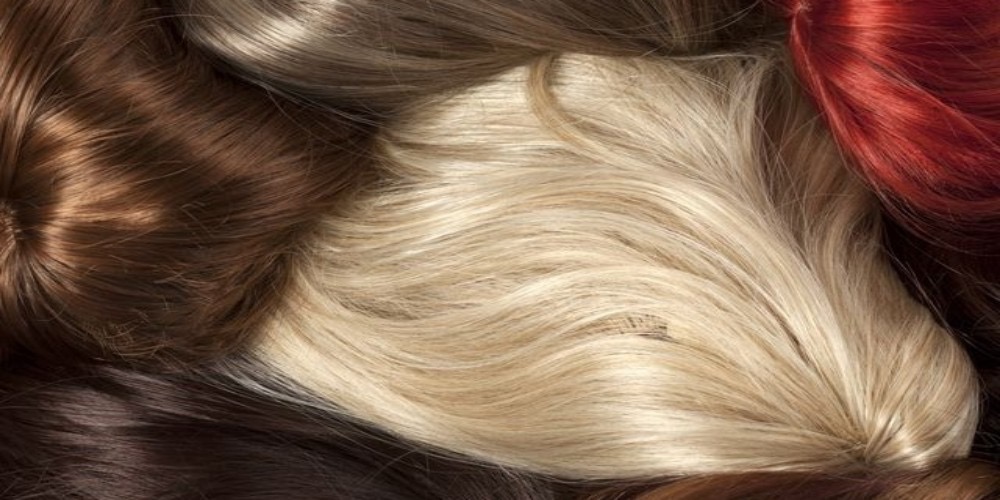Wigs consist of hairs worn for various reasons, ranging from fashion trends to medical conditions, and there are generally two types of wigs:
- Natural Wig: This is also called Human Hair wigs, it is made from real human hair that is mostly donated from countries like China and India by religious institutions that require both male and female members to cut their hairs for spiritual rituals. These hairs are collected, cleaned, inspected, and woven/designed into beautiful human hair wigs.
- Synthetic Wig: This wig is made from chemicals that are mixed to look like hairs. These chemicals can either be plastic fibers or acrylic fibers that are heated to a certain temperature and stretched to fibers that look like human hair fibers.
Synthetic Wigs are made in different grades. Some grades have hair fibers that are too realistic, making it difficult to identify natural hair wigs. To avoid this confusion, here are tips for identifying natural hair wigs:
- Texture: Natural hair wigs are similar to human hair, and they come in different types ranging from curly hairs to straight hairs. But one common feature is that they feel softer than synthetic hairs. Natural hairs have a more natural feel in comparison to synthetic hairs that are hard due to their chemical composition making it easier for them to break when exposed to similar weather conditions as human hair.
- Hair distribution: Natural Hair wigs have a more realistic hair distribution that is not too much and not too scanty at the same time. This is because most natural hair wigs are handwoven.
- Lifespan: Natural hair wigs, similar to human hair, possess naturally occurring nutrients. These nutrients give the hair strength and high endurance qualities like the human hair, allowing the hair to survive harsh weather conditions. In contrast, synthetic hairs do not possess such nutrients and thus, natural hair wigs tend to last longer than synthetic wigs.
- Style Retention: Natural hair wigs possess similar attributes to style as real hair. These wigs have to be restyled after washing, unlike synthetic wigs which retain their styles even after washing and can not be restyled.
- Heat resistance: Natural hair wigs can withstand high heating temperatures like real hairs, making them easy to restyle. However, to better prolong their lifespan, heat protection sprays can be used when using heat. Synthetic wigs can’t withstand high temperatures, thus requiring special synthetic hair-friendly dryers to straighten the wigs.
- Flexibility and Bounciness: Natural wigs possess extra flexible hairs, and these hairs can be stretched because of their flexibility and have the ability to return to their normal length due to their bounciness. Synthetic wigs break easily because they are harder in comparison to natural wigs.
- Cost: This tip can sway people to favor synthetic wigs over natural wigs, but quality things do not come cheap. Natural wigs are of high prices when compared to synthetic wigs, this is because human hairs receive intense treatment before being woven into wigs. Another reason for the high price is that human hairs are hard to come by.
Conclusion
In general, when going out to purchase natural hair wigs, these tips mentioned above can help distinguish between natural hair wigs and synthetic hair wigs which are often lesser in quality compared to natural hair wigs.
